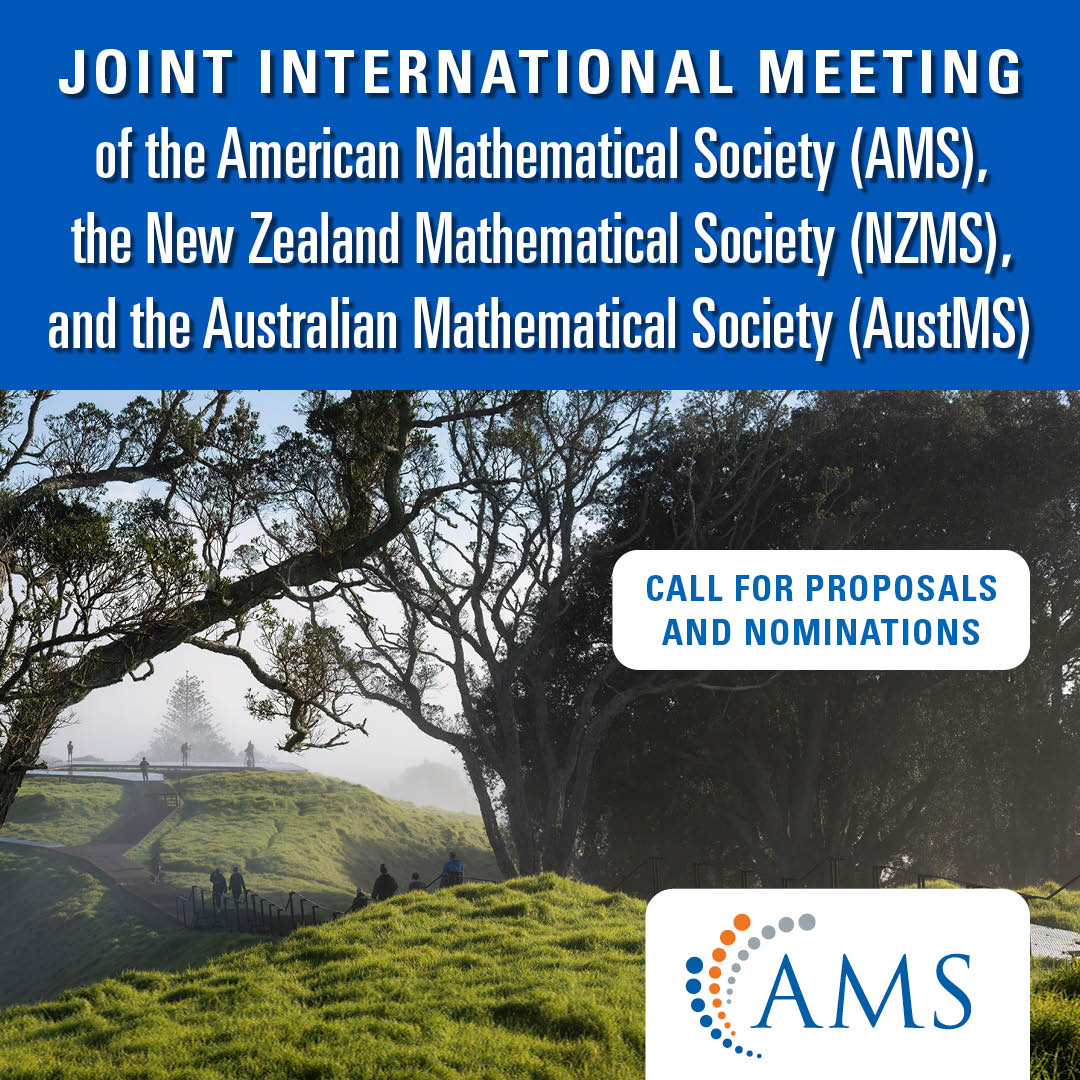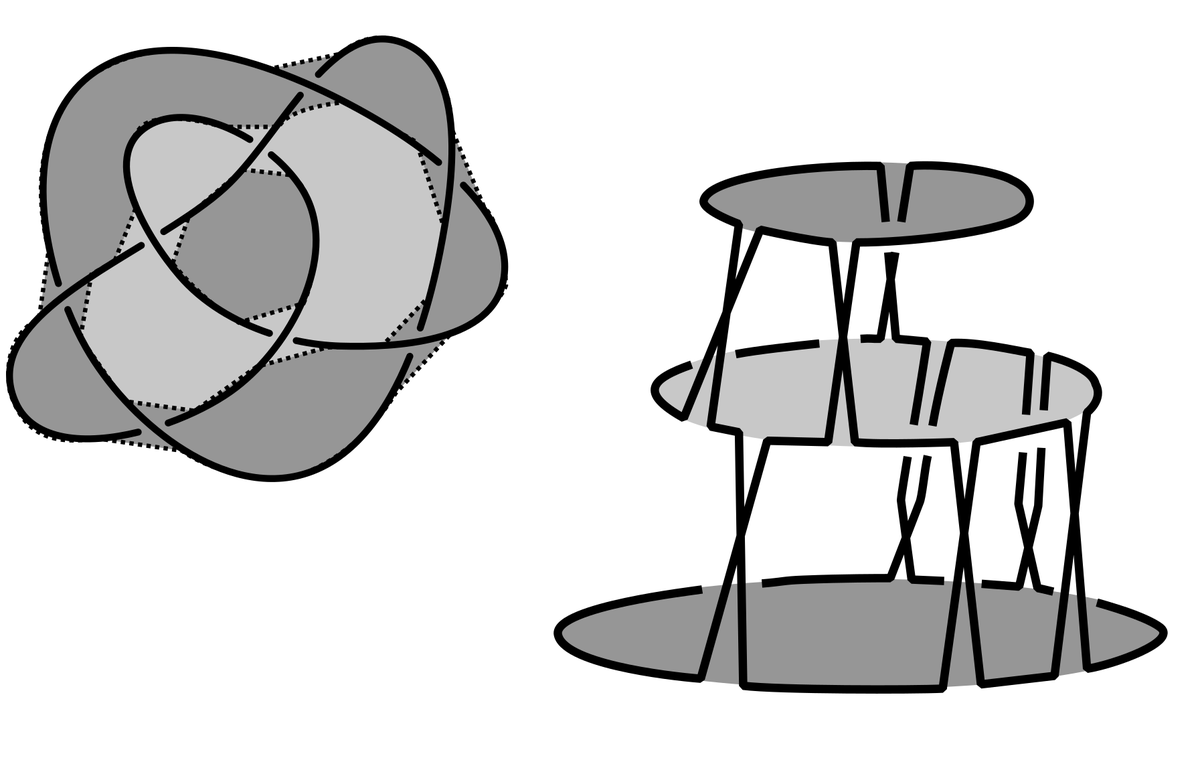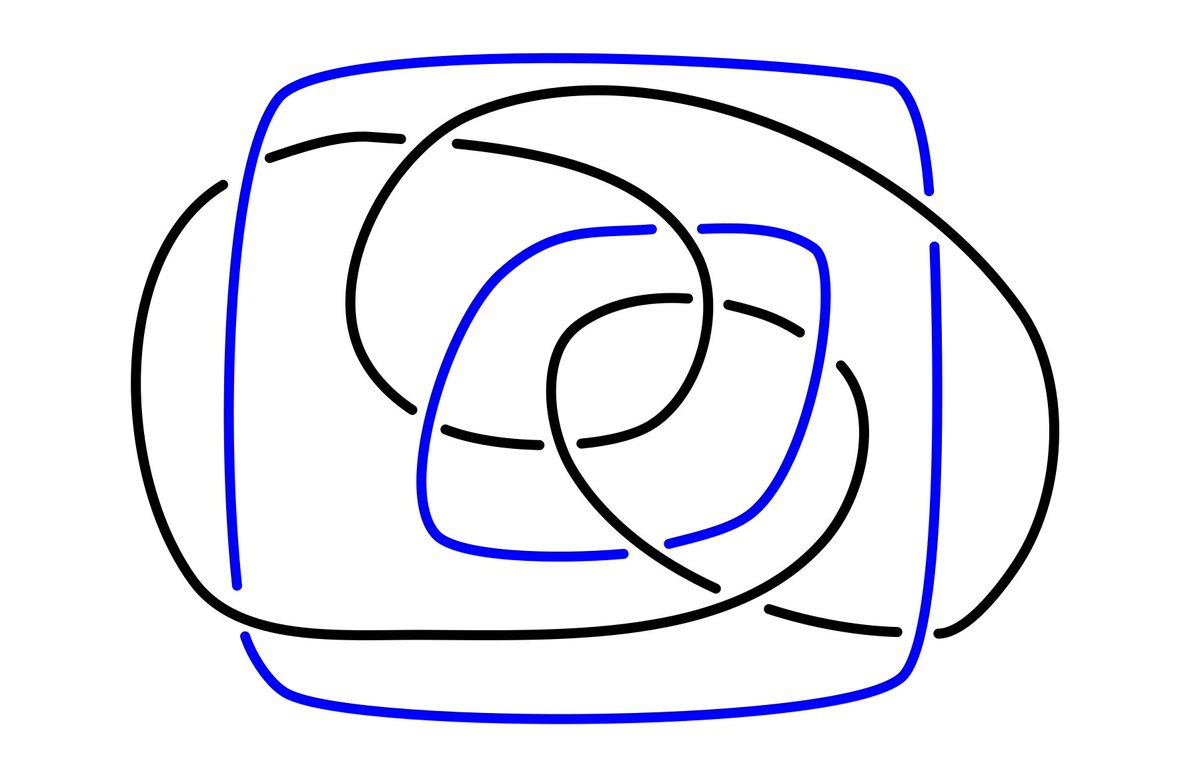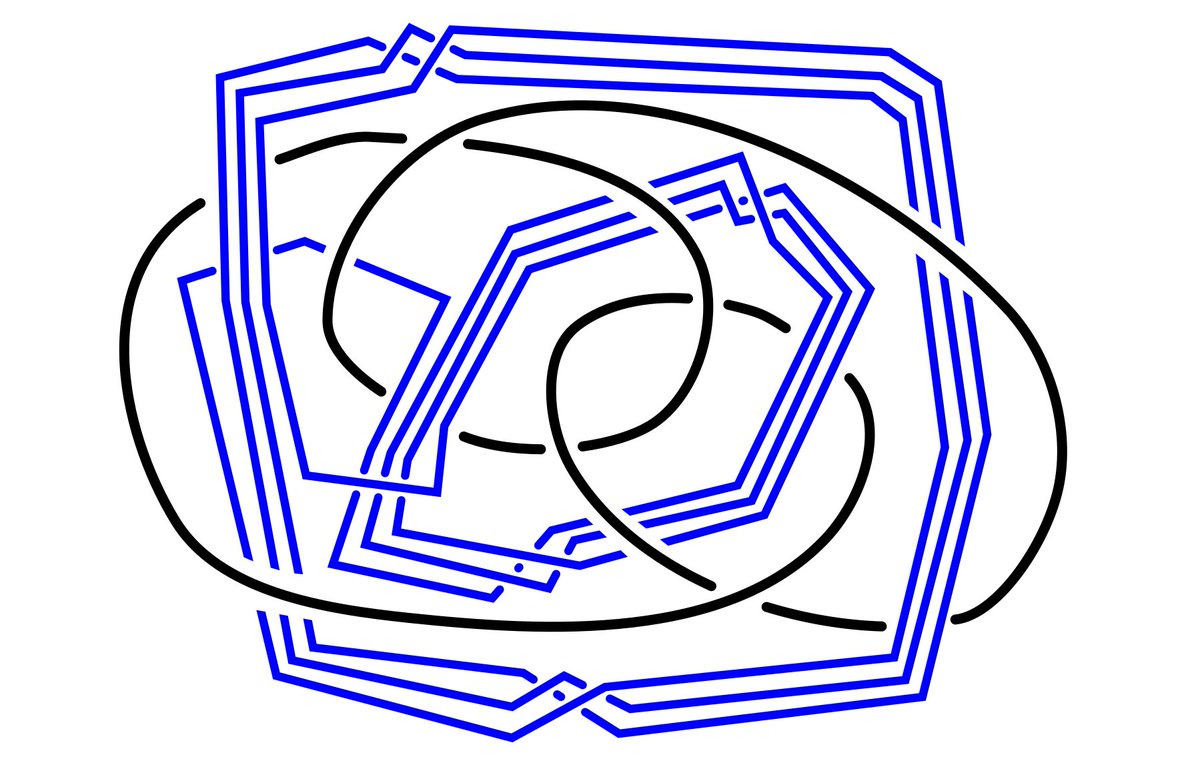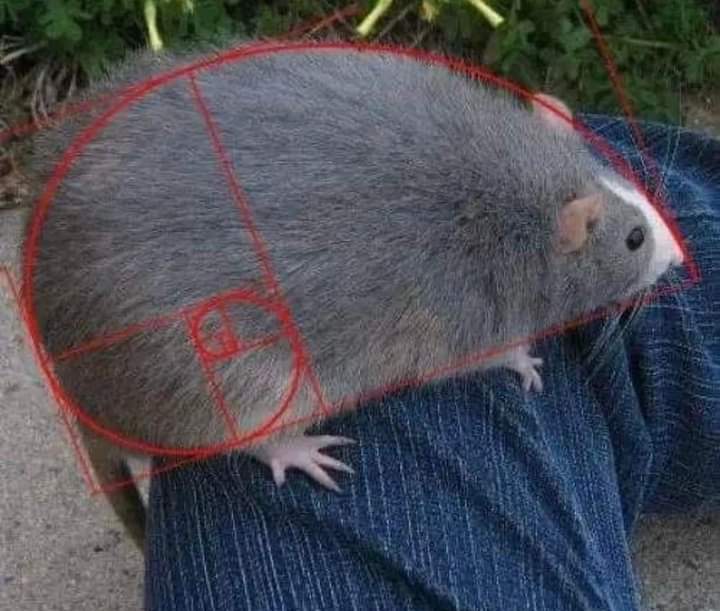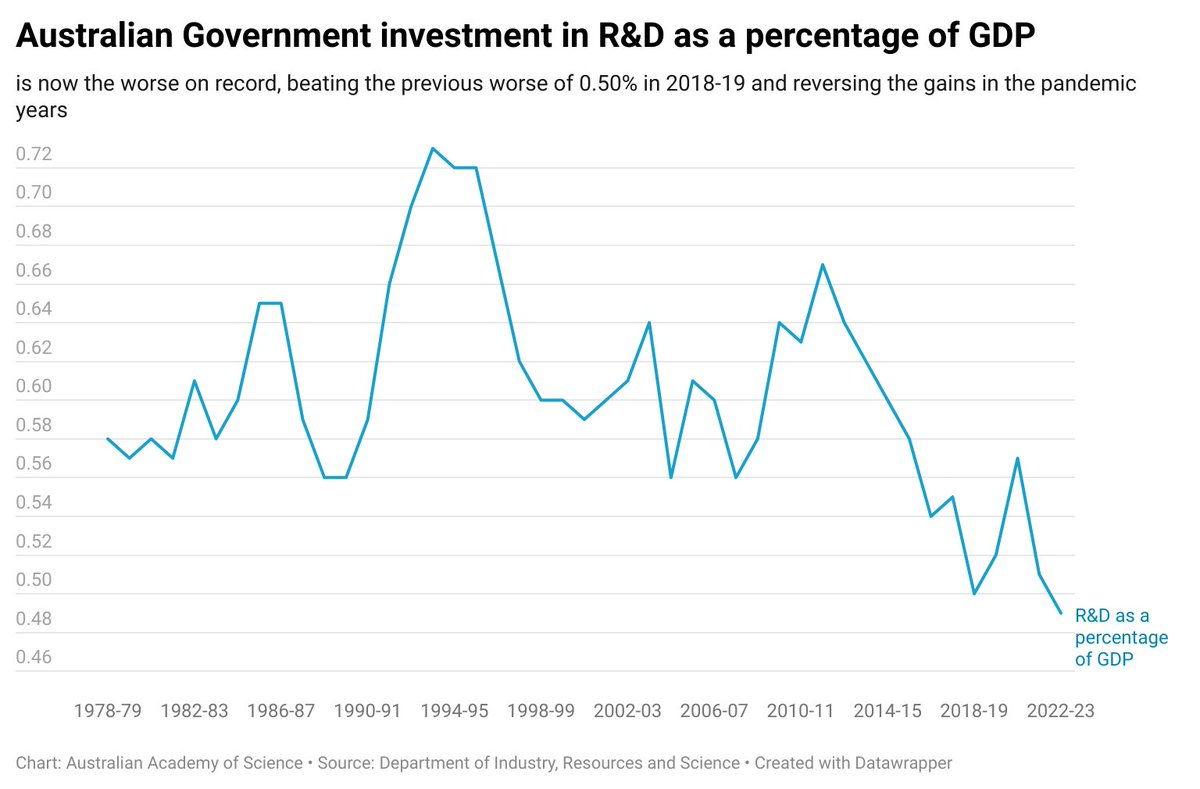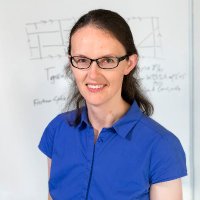
Jessica S Purcell
@jessicaspurcel1
Mathematician at Monash Uni in geometric topology. Deputy Dean Research, Monash Science. President AustMS. Former chair of WIMSIG. Curator of knots.
ID: 1139438998651195392
14-06-2019 07:46:41
316 Tweet
999 Followers
156 Following



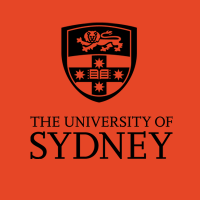
Ben Burton's work has been featured in a recent New Scientist article, which also discusses how sophisticated algorithms can help solve all sorts of seemingly impossible mathematical problems. #KnotTheory UQ Science newscientist.com/article/mg2553…


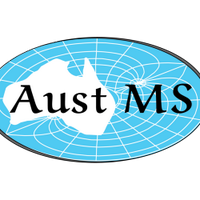





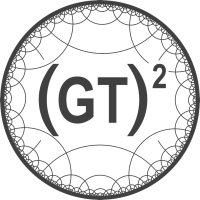

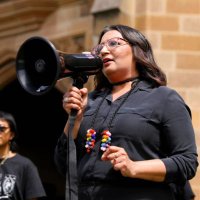

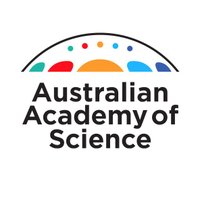

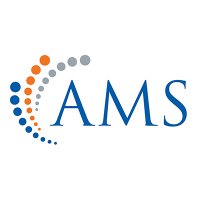
Propose special sessions and speakers for the joint meeting of the AMS, NZMS, and Australian Mathematical Society, Dec. 9-13, 2024, in Auckland, NZ. Currently, there is no deadline for session proposals, which will be considered on a rolling basis. Speaker nominations due Sep. 1. ow.ly/33oM50OX60G
